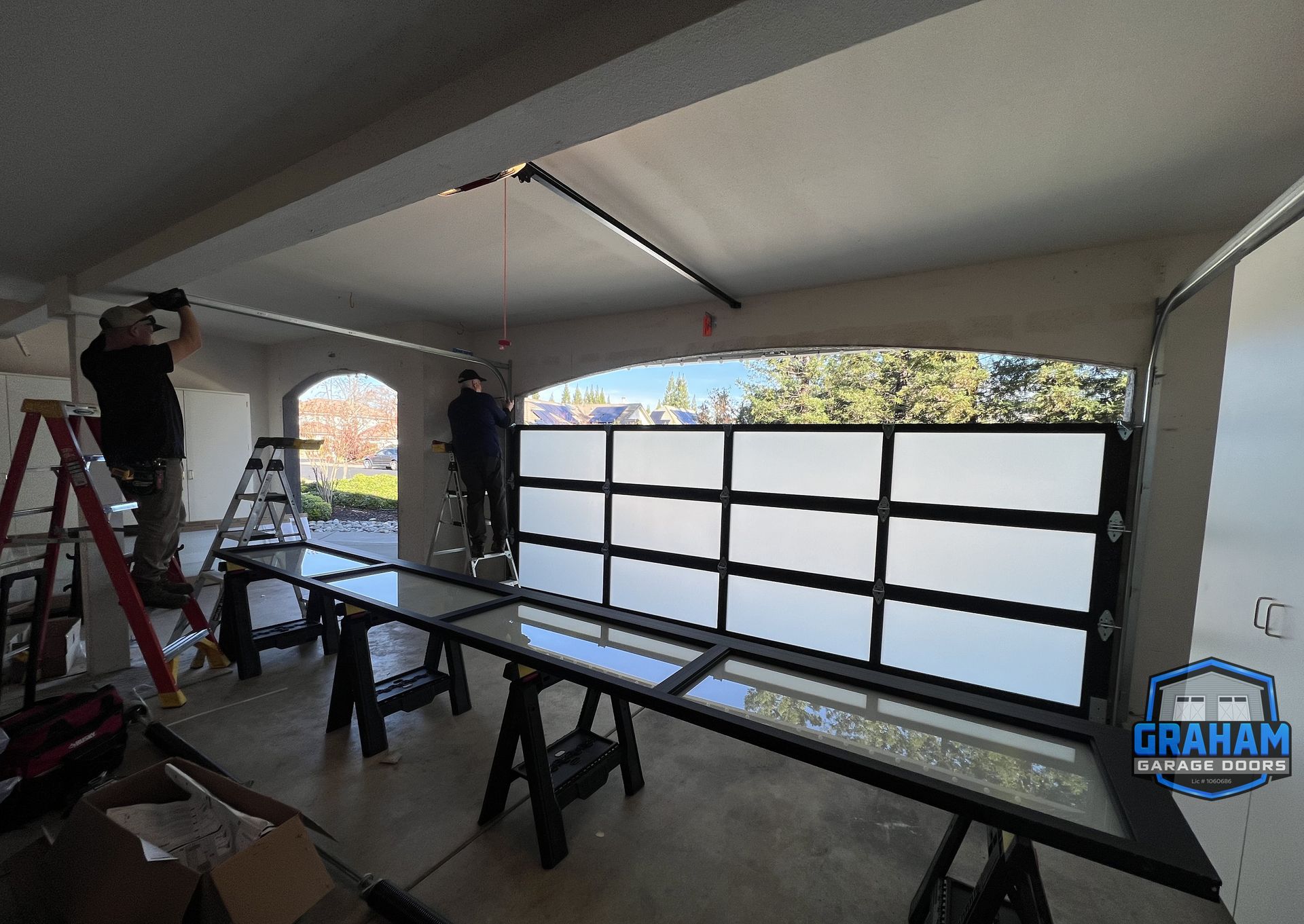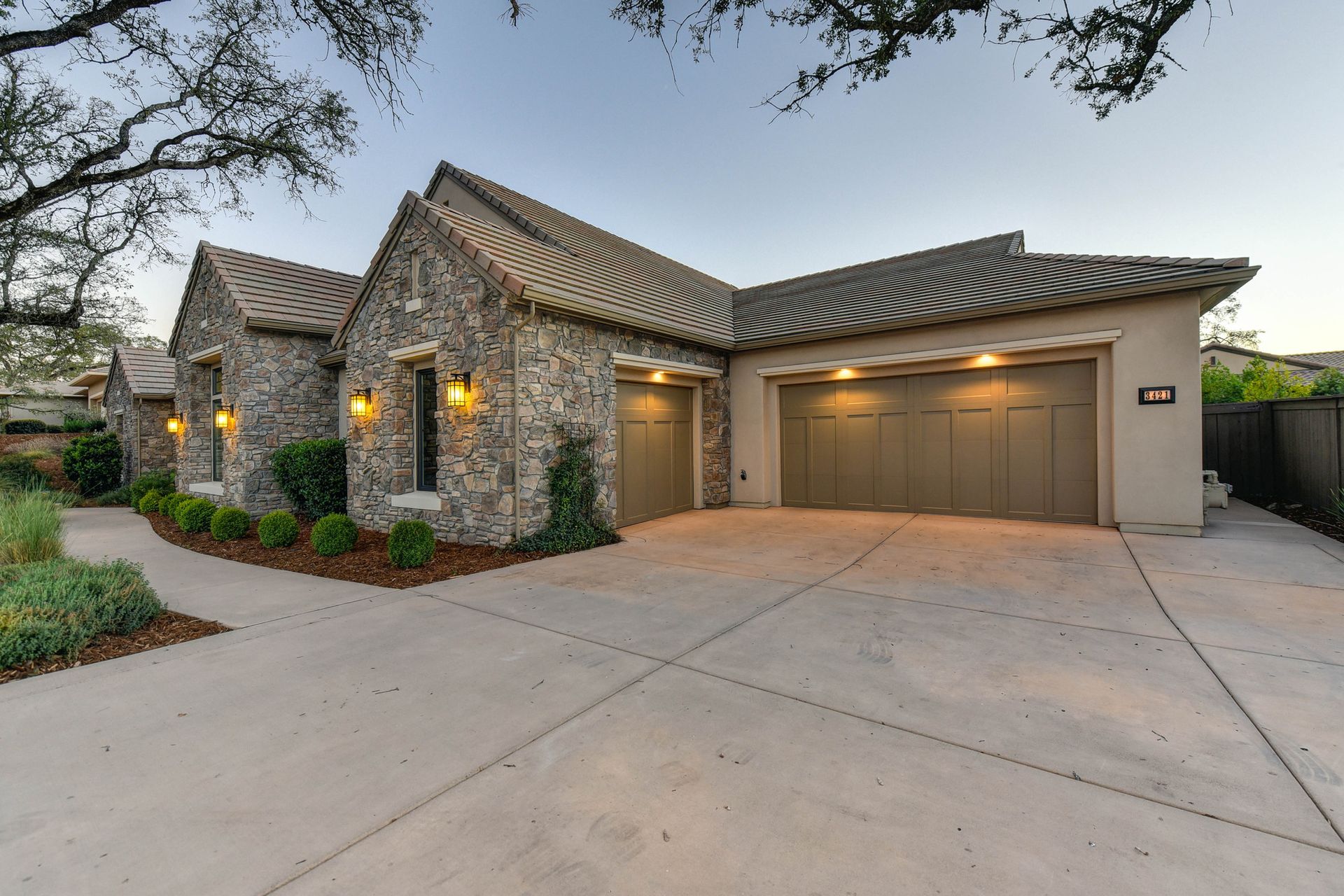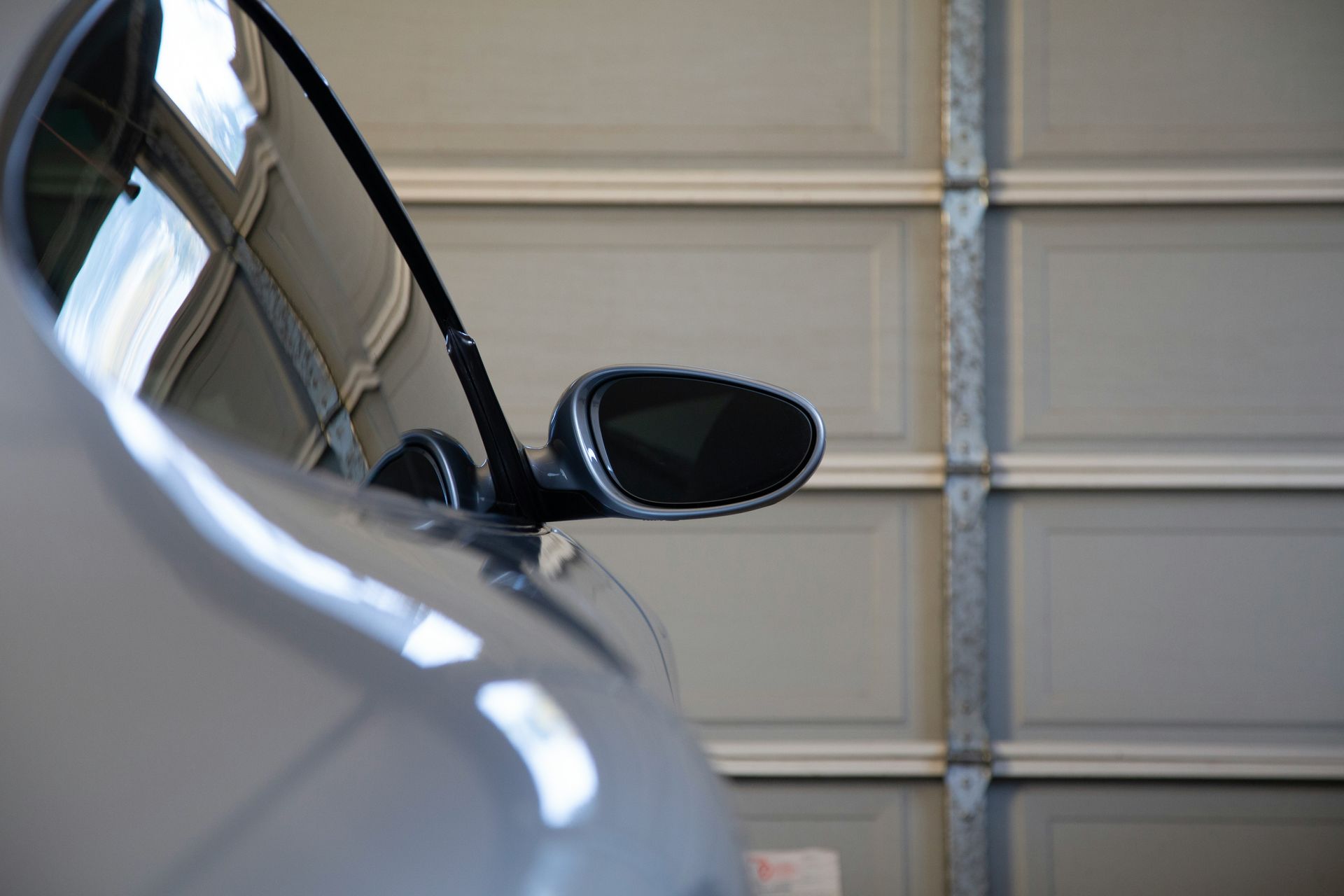Energy Efficient Garage Doors: Maximizing Comfort and Savings
Your garage door might not be the first thing that comes to mind when you think about energy efficiency, but it plays a significant role in keeping your home comfortable and your energy bills in check. In this blog post, we'll explore how your garage door can impact energy efficiency and offer tips on maximizing its performance to keep the elements at bay.
Understanding the Impact:
Your garage door is more than just a barrier between your home and the outside world—it's also a potential source of energy loss. Inefficient garage doors can allow drafts, heat, and cold to enter your home, making it harder to maintain a comfortable indoor temperature. This can lead to increased energy consumption and yearly heating and cooling costs.
- Assess Current Energy Usage: Before making any changes, assess the current energy usage related to your garage door. Look for signs of drafts, temperature fluctuations, or unusually high energy bills that could indicate inefficiencies.
- Research Energy Efficiency Ratings: Familiarize yourself with energy efficiency ratings for garage doors, such as R-values indicating the door's thermal resistance. Higher R-values generally mean better insulation and energy efficiency.
Insulation Matters:
One of the most significant factors influencing the energy efficiency of your garage door is insulation. Insulated garage doors are designed to provide a barrier against heat transfer, helping to keep the interior of your garage at a more stable temperature. This makes the garage more comfortable for activities like woodworking or home gym workouts and reduces the strain on your home's heating and cooling systems.
- Upgrade to Insulated Doors: Consider upgrading to an insulated model if your garage door is uninsulated. Insulated garage doors typically consist of layers of materials designed to provide better thermal insulation.
- Choose the Right Insulation Type: Insulation materials vary, so research which type best suits your climate and budget. Standard options include polystyrene and polyurethane foam insulation.
Choosing the Right Material:
The material of your garage door can also impact its energy efficiency. While traditional steel doors are durable and low-maintenance, they can conduct heat and cold more readily than insulated options. Consider upgrading to an insulated steel door or exploring alternative materials like wood composite or fiberglass, which offer better insulation properties.
- Compare Material Properties: Different materials have varying levels of insulation and durability. Compare the insulation properties, maintenance requirements, and cost of materials like steel, wood, fiberglass, and aluminum.
- Consider Composite Materials: Wood composite and fiberglass doors offer the aesthetic appeal of wood with better insulation properties and less maintenance than traditional wood doors.
Sealing Out the Elements:
Proper weatherproofing is essential for maximizing your garage door's energy efficiency. Inspect the door's perimeter for gaps, cracks, or worn weatherstripping that could allow air infiltration. Replace damaged weatherstripping and use caulk or sealant to seal any gaps around the edges of the door and between panels. Installing a bottom seal can also help prevent drafts and keep out moisture, pests, and debris.
- Inspect and Seal Gaps: Regularly inspect the perimeter of your garage door for gaps, cracks, or worn weatherstripping. Use weather-resistant caulk or sealant to seal any gaps, and replace damaged weatherstripping promptly.
- Install a Bottom Seal: A bottom seal to your garage door can prevent drafts, pests, and moisture from entering the garage. Choose a durable material that can withstand frequent use and provide a tight seal.
Regular Maintenance is Key:
Like any other part of your home, your garage door requires regular maintenance to ensure optimal performance and energy efficiency. Keep moving parts lubricated to reduce friction and wear, and inspect the springs, rollers, and hinges for signs of damage or wear. Addressing issues promptly can prevent more significant problems down the line and help maintain your garage door's energy efficiency.
- Create a Maintenance Schedule: Establish a regular maintenance schedule for your garage door, including tasks like lubricating moving parts, inspecting hardware, and testing the balance and safety features.
- Address Issues Promptly: Don't ignore signs of wear or damage. Addressing issues promptly can prevent further damage and prolong the life of your garage door system.
Upgrade to Energy-Efficient Features:
If you're considering replacing your garage door, look for energy-efficient features to enhance its performance. Insulated windows, for example, can provide natural light while minimizing heat loss. Additionally, opting for a door with a high R-value—a measure of thermal resistance—can help maximize insulation and energy efficiency.
- Consider Insulated Windows: If your garage door has windows, opt for models with insulated glass to minimize heat transfer. Consider positioning windows strategically to maximize natural light while reducing heat loss.
- Invest in High R-Value Doors: When choosing a new garage door, prioritize models with a high R-value to maximize insulation and energy efficiency. Look for doors with multiple layers of insulation and a durable construction.
Your garage door plays a crucial role in maintaining your home's energy efficiency. Investing in insulation, proper weatherproofing, and regular maintenance can minimize energy loss and keep the elements at bay. Whether upgrading an existing door or installing a new one, prioritizing energy efficiency can lead to long-term savings and a more comfortable living environment. So, don't overlook the importance of your garage door—take steps today to improve its energy efficiency and reap the benefits year-round.
You might also like




